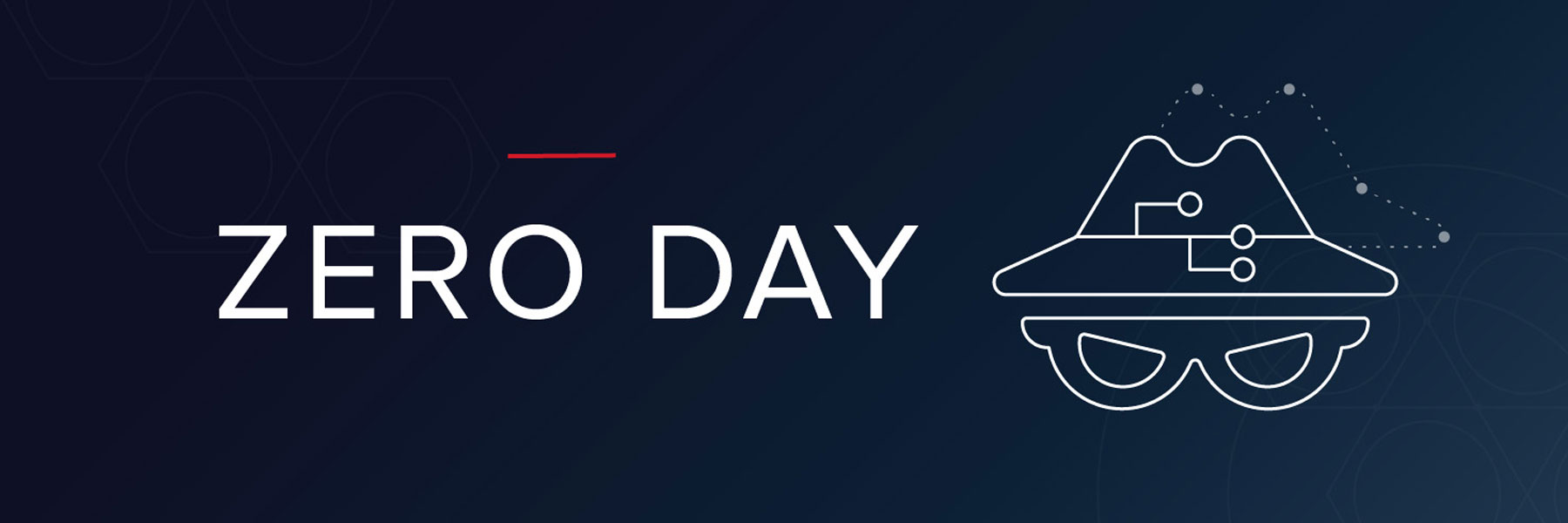What is a Zero-day Attack?
9 April 2020
SafeAeon Inc.A Zero-day attack exploits a computer-software vulnerability that is unknown to the developer but is known to the attacker. The attacker does not give the time to the developer to apply patches on the system/servers as the developer is unaware of it. It is a type of cyber attack that occurs on the same day of getting a knowledge of vulnerability that can be exploited or on which bad actors can sit on, waiting for the opportune moment to strike.
It is referred to as Zero-Day vulnerability because the developer, users, and the organization who is going to be affected by the vulnerability have just known about it or do not know about it.
According to Steve Morgan, founder, and editor-in-chief at Cybersecurity Ventures, an online security research organization, new zero-day exploits will rise from one attack per week in 2015 to one attack per day by 2021.
Why is Zero-Day attack so menacing?
The reason why zero-day exploits are so menacing is that vendors did not get the chance to fix the vulnerability. As an example,
Consider a company created new software that software has a loophole that is not known to the developer. The threat actors find out that loophole before the developer acknowledgment. The hacker writes and implements malicious code into the victim’s system. While the vulnerability is unpatched, hacker breaches their security and get into the network and can extract out the sensitive information. After the exploit has been committed and when the developer came to know about the attack, they release a patch to stop or mitigate the effect. Once the piece is published and fixed, the exploit is no longer a zero-day exploit.
These attacks are rarely discovered right away. It often takes months and even years before a developer learns about the vulnerability that led to an attack. These attacks can steal an organization’s sensitive data or may encrypt their aggregate data. According to Ponemon Research 2018, an organization is four times more likely to be compromised by the zero-day attack as compared to any other cyberattacks.

Many of the employees in organizations were attacked; 76 percent say the type of attack was a zero-day attack. This is four times the respondents who say an existing or known attack compromised their organizations.
News on Zero-day Attacks
In late 2014, Sony Pictures were also a victim of Zero-Day exploit. The Hacker group named itself as ‘Guardian of Peace’ attacked Sony’s network using malware. The attack crippled the whole of Sony’s system and led to the release of sensitive information. The compromised data includes details of business plans, personal emails of senior Sony executives, and even copies of upcoming movies.
In March 2018, zero-day exploits were found in PDF files. They contained two zero-day vulnerabilities (CVE-2018-4990 and CVE-2018-8120) that were targeting Adobe’s Acrobat. CVE-2018-4990 was an out-of-bounds read vulnerability in Acrobat Reader, and latter was used to bypass Acrobat Reader’s sandbox.
How to Deal With Zero-day Attacks?
In late 2014, Sony Pictures were also a victim of Zero-Day exploit. The Hacker group named itself as ‘Guardian of Peace’ attacked Sony’s network using malware. The attack crippled the whole of Sony’s system and led to the release of sensitive information. The compromised data includes details of business plans, personal emails of senior Sony executives, and even copies of upcoming movies.
Ghost Net

Understanding the risk
When the attack has been detected, it’s not possible to apply the patch immediately. You need a streamlined system that can help you to see what needs to fix to mitigate the effect of the attack on your network. With SOC as a service, you can easily monitor all the traffic on your system and a quick response team, which will help you to respond to the attack as soon as possible.
Patch Management
When the security is compromised ,the first step is to patch the loopholes so that we can prevent further loss. According to Ponemon Research 2018, the average time to apply the patch is 102 days, which is enough for a hacker to steal all your data. SafeAeon also provides patch management, which will help you to recover from the attack.
Monitoring the activity
You need a dedicated system/server which can track all your movements on your network. You can detect all the unusual activity so that you can figure a way to deal with it. A cloud-based security operation center (SOC), such as SafeAeon SOC as-a-service, can monitor cloud resources, databases, and all the network, such that you can detect any malicious malware entering your network and can take a preventive measure on that.
24/7 Support
An organization must equip themselves with the 24/7 support team, which helps you to detect the threat and intimate you what it can compromise and help you to take proper measures.














